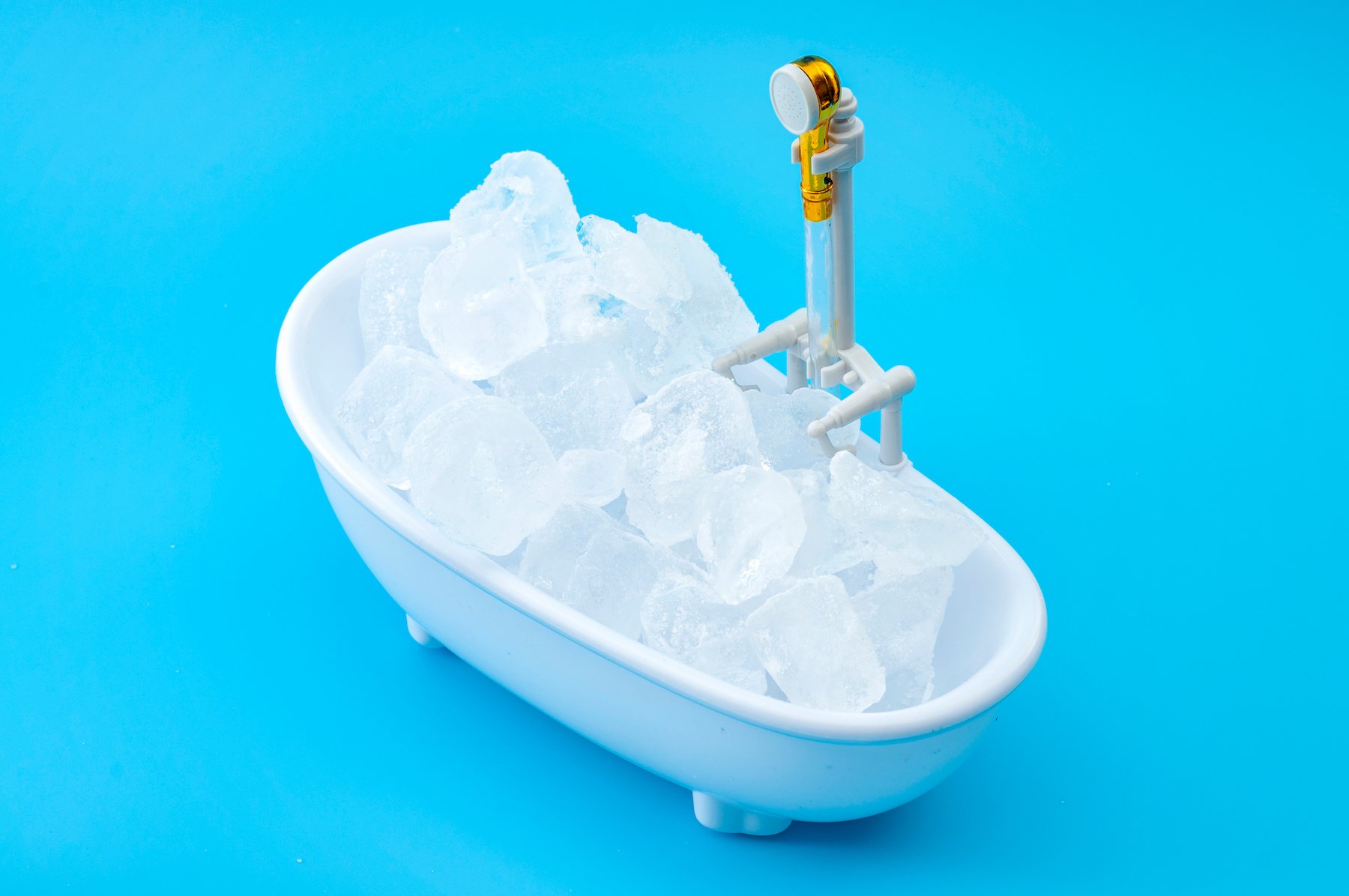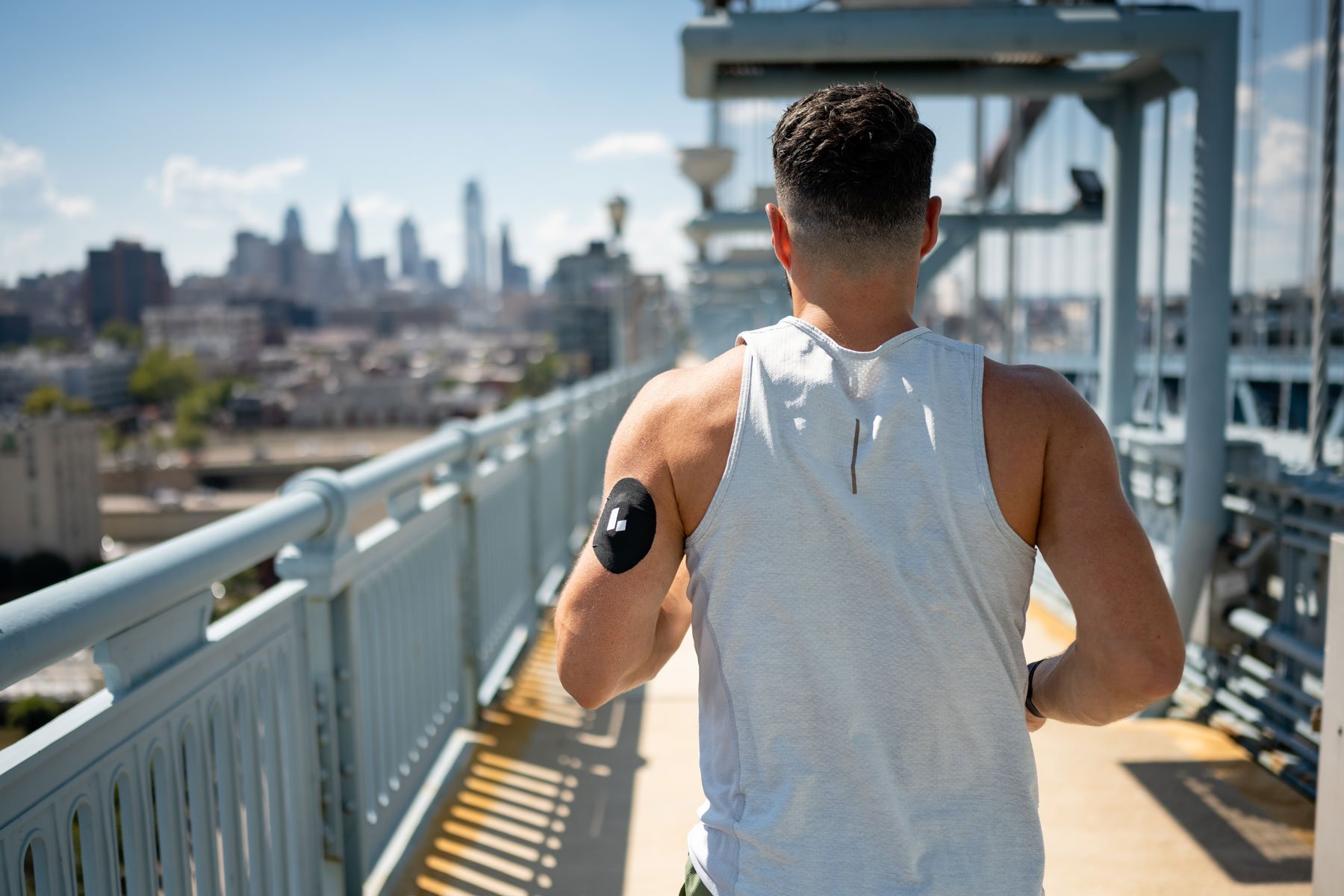Though heat and cold therapies are currently having a moment, both have been around for centuries, dating back to the ancient Greeks and Romans. Cold water immersion has long been used to treat pain, while heat therapy has been used to relax and treat diseases.
Early research suggests that heat and cold therapies may also have metabolic benefits, and scientists are starting to uncover why. Neither one is a silver bullet for metabolic health, and don’t expect them to replace healthy diet, exercise, or medications. Still, if used correctly as part of a healthy lifestyle, these therapies appear to have benefits.
What is cold therapy?
Let’s start with cold therapy, or making yourself cold to improve health. At the most basic level, cold can impact metabolism by forcing your body to expend energy to warm up. The colder you are, the harder your body must work—and the more calories you must burn—to stay warm.
One way the body does this is through shivering, though the caloric effect there is negligible. A more potent mechanism is called non-shivering thermogenesis, a process that occurs in a special kind of fat known as “brown fat.”
Brown fat differs from the fat typically associated with obesity, which is “white fat” that accumulates around the belly, hips, and thighs. Brown fat is more metabolically active because it has more mitochondria, the energy production factories of the cell. Although the physiological process is complex, in essence, when you get cold, brown fat kicks into gear, breaking down fat and sugar to generate heat and keep you warm.
A 2022 meta-analysis and review concluded that acute cold exposure of as little as two hours at about 16 to 19 degrees Celsius (60 to 66 degrees Fahrenheit) can boost energy expenditure and brown fat activity in humans, compared to room temperature exposure. The review also found that regular cold exposure may cause white fat to become browner, a process known as beiging. The findings suggest that brown fat activation could be harnessed to protect against obesity and improve metabolic health in humans, the researchers surmised.
Cold-induced brown fat activity is also associated with changes in the thyroid hormones T4 and T3, which help mobilize stored fat for energy. And it’s linked to an increase in adiponectin, a hormone secreted by fat tissue that protects against insulin resistance, a risk factor for Type 2 diabetes.
This fits with the thinking that cold exposure may improve insulin sensitivity and reduce fasting blood sugar, as a 2021 study review suggested, though the effects are minor.
It’s important to note that brown fat’s metabolic benefits remain unproven. Most existing research is in animals, and human studies are generally small and inconclusive. More research is needed to substantiate the benefits for metabolic health.
What is heat therapy?
You can think of heat therapy as an exercise mimetic, or something that mimics the effect exercise has on the body. Increasing research shows that heat therapy—hitting the sauna or soaking in a hot tub—may provide some of the same cardiovascular and metabolic benefits as exercise.
Observational studies have found links between sauna bathing and lower risks of cardiovascular events and inflammation. A 2015 prospective study spanning 20 years of data from more than 2,300 middle-aged Finnish men found that those who sat in saunas at least four times a week had 48% lower death rates from heart disease and stroke than men who used the sauna once a week.
Like aerobic exercise, heat exposure causes blood vessels to dilate and redirects blood flow to the skin. This lowers body temperature, increases heart rate, and increases oxygen to muscles. These short bouts of stress on the heart and blood vessels may strengthen the cardiovascular system just as exercise does.
Both exercise and heat therapy also trigger an increase in heat shock proteins, which buffer cells from heat’s damaging effects and promote normal cell function. A 2021 review found that heat shock proteins rise within 30 minutes of heat exposure and stay elevated over time—again, similar to exercise.
Heat shock proteins are involved in a wide variety of processes. They help cells regenerate, support immune health, and improve resilience to stress. They also slow muscle atrophy, helping preserve lean muscle mass.
Findings from studies in rodents have demonstrated the muscle-sparing effects of heat therapy. A 2022 study in diabetic rats found that 30 minutes of heat therapy daily reduced muscle atrophy by 34 percent within three weeks and 44 percent within six weeks. Other rodent research suggests heat therapy may improve the body’s response to glucose and prevent insulin resistance, a risk factor for Type 2 diabetes.
That makes sense when you consider the role muscle plays in maintaining blood sugar. Muscles are the biggest storage depot for excess glucose in the body. The more muscle you have, the more glucose it can take up from the blood, lowering blood sugar as a result. Because muscle burns more calories than fat, preserving it can also help maintain body weight.
The first human study of heat therapy in patients with Type 2 diabetes was in a very small study in 1999. Eight people with Type 2 diabetes sat in a hot tub for 30 minutes six days a week. After three weeks, the patients lost an average of four pounds. They also lowered their fasting blood sugar by 20 mg/dL and their A1C by 1 percent.
Newer research backs up these beneficial effects. A 2022 study from Japan involving nearly 1,300 people with Type 2 diabetes found that habitual hot-tub bathing (at least four times a week for an average of 16 minutes per session) was associated with slight improvements in blood sugar, body mass index, and diastolic blood pressure.
Hitting the sauna after a workout may also be a great way to extend a workout’s benefits. In fact, you may see the most benefit when combining heat therapy with aerobic and strength training, according to a 2023 review.
Should you try cold or heat therapy?
With some exceptions (see below), cold and heat therapy are low-risk for most people and appear to have health benefits, even if they aren’t a panacea for metabolic health. Both are generally safe to do multiple times a week or even daily.
For cold therapy, consider trying:
Cold water immersion: Swim in a cold lake, do a polar plunge, or take a cold bath or shower. Aim to work up to 10 to 15 minutes at 50 to 59 degrees Fahrenheit.
Cryotherapy: You’ll step into a large, liquid-nitrogen-infused chamber (some are open so your head and neck are above the chamber) that reaches –110 to –140 degrees Celsius (-230 to –284 degrees Fahrenheit). That’s extremely cold, so limit exposure to two to three minutes.
For heat therapy, consider:
Sauna: “Sauna bathing” typically ranges from 113 to 212 degrees Fahrenheit, depending on the modality. Dry saunas should optimally be 176 to 194 degrees Fahrenheit. In steam saunas, humidity is kept very high (greater than 50 percent), causing the air to feel hotter. There are also infrared saunas, which use incandescent bulbs to produce thermal radiation of varying wavelengths that penetrates the skin, heating the body from the inside. These operate at lower temperatures, 113 to 140 degrees Fahrenheit, making them a good option for people who can’t stand the heat of a sauna. Evidence suggests 15 to 30 minutes is enough to reap benefits. If you’re a first-time user, you may want to start with five to 10 minutes and work up from there.
Hot tub: Benefits have been shown at about 104 degrees Fahrenheit. You can soak for 20 to 30 minutes, though if you’re not used to it, you may want to aim for 10 to 15 minutes the first time and see how you feel.
Caveats
Heat therapy is not suitable for everyone. It can be harmful if you have low blood pressure, or are unable to sweat (anhidrosis) or regulate core body temperature. Anyone with a heart condition should talk to their doctor first. And the American College of Obstetricians and Gynecologists recommends against the use of saunas and hot tubs if you’re pregnant.
Heat therapy should also not be combined with alcohol consumption, as alcohol may increase hypotension, arrhythmia, and risk for sudden death when using a sauna. Also, be aware that heat therapy causes you to sweat and can leave you dehydrated, so be sure to drink plenty of water before, during, or after.
Finally, don’t expect heat or cold therapy to replace exercise, quality sleep, and healthy eating. Those are the cornerstones of healthy living.
Rich Joseph, MD, is a Stanford-trained physician and the chief medical officer of Restore Hyper Wellness.
 See how heat and cold affect your metabolic health
See how heat and cold affect your metabolic health
The best way to understand how things like sauna or cold plunge impact your blood sugar is with a continuous glucose monitor and an app like Levels to help you understand your data. Levels members get access to the most advanced CGMs and personalized guidance to build healthy, sustainable habits. Click here to learn more about Levels.









